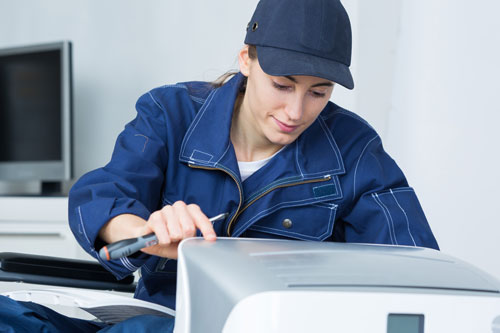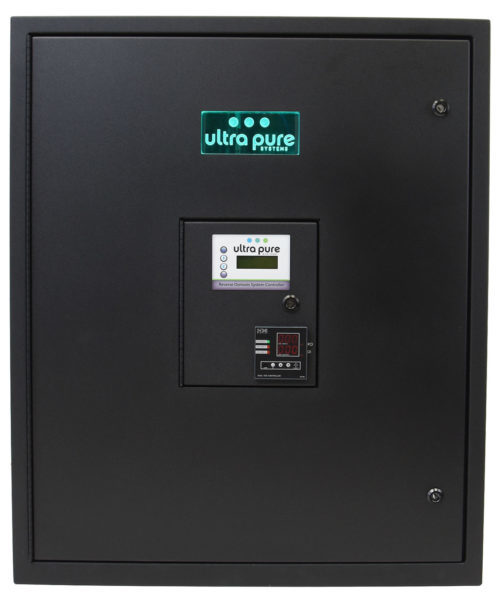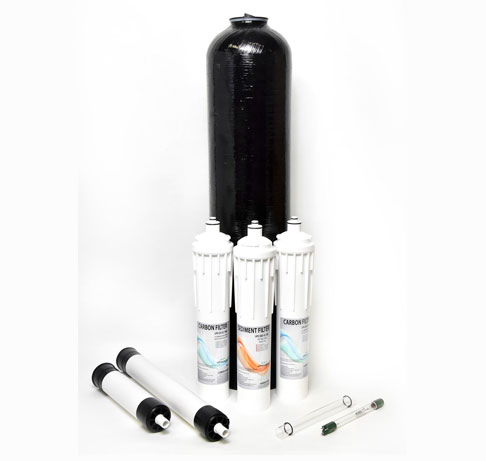Great water quality is extremely important when it comes to RODI water filters for maintaining RODI purification systems. Both reverse osmosis and deionized water purification systems have become critical in environments that require clean purified water, especially for humidification use. Such environments like data centers, manufacturing factories, laboratories, and hospitals install humidification systems to control their relative humidity levels, and these require purified water as opposed to tap water.

However, for these humidification systems to work properly, it means that the RODI water filters needs to be well maintained. If not serviced on a regular basis, RODI systems can produce less water and let more contaminants pass through the filters.
RODI Water Systems Filter Stages
As a general rule of thumb, RO water filters are usually found to be three to five filter stages. In order for the RO membranes to be protected, water will always flow through a pre-filter. This pre-filter will remove excess dirt, silt, sand, and any other sediments if found in the water. This needs to be replaced every six to nine months, otherwise it may become clogged, thereby making it unable to protect the main RO membranes.
The next filters are a general carbon filter that is designed and structured to remove chlorine and any other taste or odor contaminants. The chemicals found in chlorine can severely damage the RO membrane, and should also be replaced every six to nine months.
Filters found in the second to last stage of most RODI water systems are the ones that actually process the reverse osmosis phase. Reverse osmosis is a filtration process that uses pressure to force water through a membrane, the opposite way than it normally would naturally go. The membrane then retains the contaminants on one side, where the other side has purified water with little to no trace of anything besides water.
In the last state of most RODI water systems there can be found a DI resin tank. This is added to “polish” the water. What this does is remove any access ions or contaminants. This should also be replaced every six to nine months.
Consequences of Forgetting to Change Filters Out
If the RODI water systems do not receive any sort of maintenance or care, the system will begin to produce less and less water over time, ultimately producing no water at all. If the water that is being produced has contaminants in it, changes of electrostatic discharge occurring in data centers is highly likely.
Electrostatic discharge (ESD) is the release of static electricity when two objects come in contact with another. If cool mist humidification systems are producing mist from water that still has ions in it, then the charges found in the mist can cause the electrostatic discharge with the systems found in the data centers. This is why it is extremely crucial to maintain the filters and change them out accordingly in RODI water systems.
Where Can These RODI Water Filters be Purchased At?
Depending on the model of the RODI water systems, there are generally filters provided by the company that sells the systems. It is not advised to mix and match filters of different RODI water systems, even if it looks like it may fit and function properly — it won’t.
If you are looking for a solution to RO technology and/or systems, contact UltraPure Systems today. Our RODI water cabinets provide acceptable water quality for all equipment and applications that will reduce various system failures and increase the total life of your investments. We’ve also taken out the headache of installing the filters by making it extremely simple to just connect them to your machine. To learn more, contact us here today!

